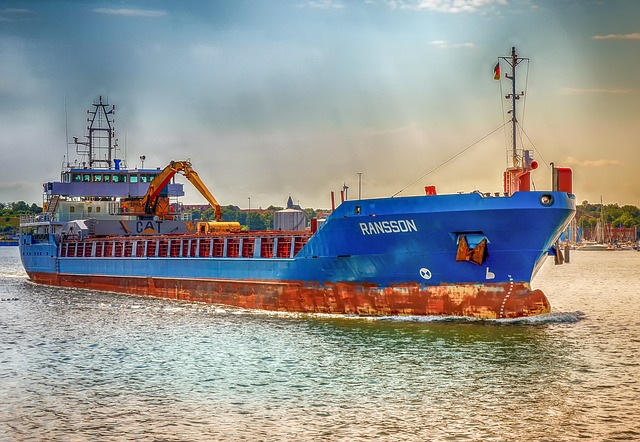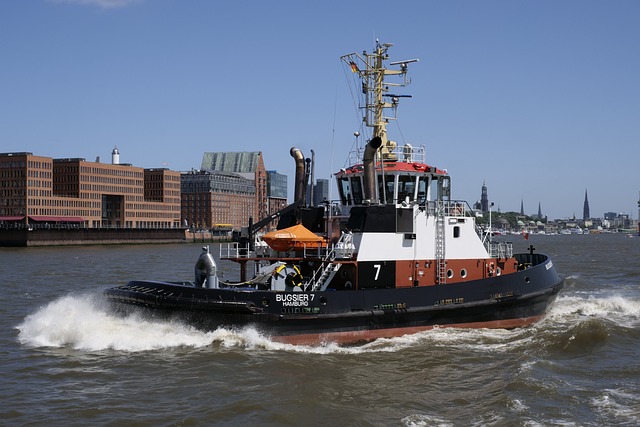Shipping costs for military vehicles are determined by factors like vehicle type, size, distance, and method, with larger or specialized vehicles and longer routes costing more. Utilizing dedicated military vehicle shipping ports offers lower rates and specialized handling. Optimizing the process involves booking off-peak, preparing the vehicle, pre-inspection, and monitoring weather conditions to avoid delays and additional costs.
Shipping a military vehicle involves various costs, from origin to destination. This article guides you through understanding and optimizing military vehicle shipping expenses. We explore factors influencing pricing at shipping ports, ensuring you’re aware of potential costs. Learn practical tips for maximizing efficiency and achieving cost-effective shipping without compromising quality. By delving into these insights, you’ll navigate the process with greater clarity and control over your budget.
- Understanding Military Vehicle Shipping Costs
- Factors Influencing Pricing at Shipping Ports
- Maximizing Efficiency: Tips for Cost-Effective Shipping
Understanding Military Vehicle Shipping Costs

Shipping costs for military vehicles can vary greatly depending on several factors. One key consideration is the location of the shipping ports, as distances and access to major transportation hubs impact pricing. Military vehicle shipping ports are strategically located around the globe, enabling efficient movement of armed forces and equipment. These ports often handle specialized cargo and have the necessary infrastructure to accommodate large vehicles like tanks, armored personnel carriers, and military trucks.
When determining rates, shippers take into account the type and size of the vehicle, its weight and dimensions, and the distance traveled. Given the unique requirements for transporting military vehicles, it’s essential to consult with specialized shipping companies that have experience handling such cargo. They can provide accurate quotes based on specific needs, ensuring a seamless and secure transportation process for these vital assets.
Factors Influencing Pricing at Shipping Ports

The cost of shipping a military vehicle through designated shipping ports is influenced by several key factors. One major determinant is the type and size of the vehicle. Larger or specialized vehicles, such as tanks or armored personnel carriers, often require larger ships and incur higher costs due to their dimensions and weight. The distance traveled also plays a significant role; longer routes will generally be more expensive due to increased fuel consumption and potential delays.
Furthermore, the shipping method chosen can greatly affect pricing. Roll-on/roll-off (Ro-Ro) vessels, which allow vehicles to drive directly onto and off the ship, are common for cost-effective land vehicle transportation. In contrast, container ships may be necessary for specialized or unconventional military equipment, but they tend to be more expensive due to their use of containers and potentially stricter loading procedures. Weather conditions and port congestion can also add variable costs, as delays or adverse weather might require adjustments in shipping schedules and routes.
Maximizing Efficiency: Tips for Cost-Effective Shipping

To maximize efficiency and keep costs down when shipping a military vehicle, consider these tips. First, utilize dedicated military vehicle shipping ports, which are designed to handle specialized cargo and often offer discounted rates for bulk shipments or government-affiliated transport. By planning ahead and booking your shipment during off-peak seasons, you can also secure better prices. Additionally, ensure your vehicle is properly prepared for transit—this includes detaching non-essential components, securing loose items, and applying protective coatings to prevent damage during handling.
Pre-inspecting the vehicle with a comprehensive checklist will help identify any existing issues that could lead to delays or additional repair costs upon delivery. Documenting these details beforehand can facilitate smoother communications with the shipping company and potentially reduce overall expenses. Moreover, staying informed about weather conditions along the shipping route can help avoid unexpected delays and further mitigate potential cost increases due to adverse weather events.
When it comes to shipping a military vehicle, understanding the influencing factors and optimizing your approach can significantly impact costs. By considering the unique aspects of military vehicle shipping ports and implementing efficient strategies, you can maximize savings without compromising quality. Remember, whether you’re navigating budget constraints or simply seeking the best value, staying informed about pricing dynamics is key to making smart decisions in the world of military vehicle shipping.
